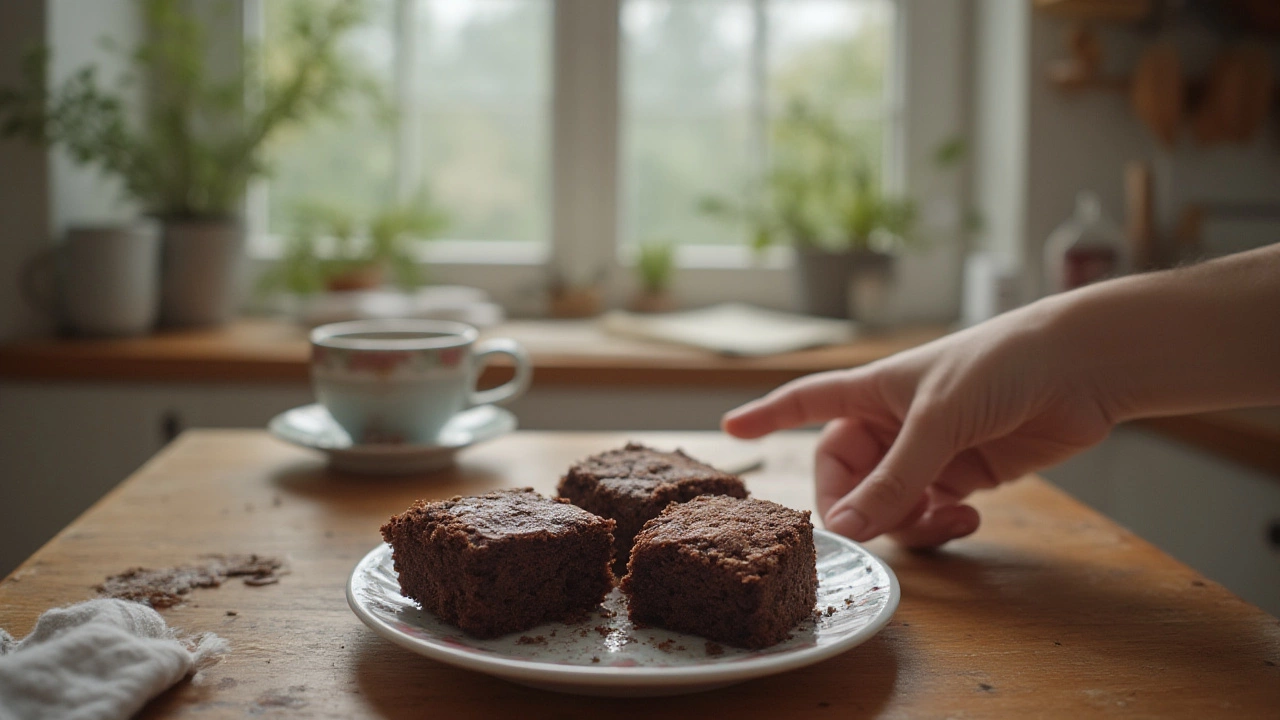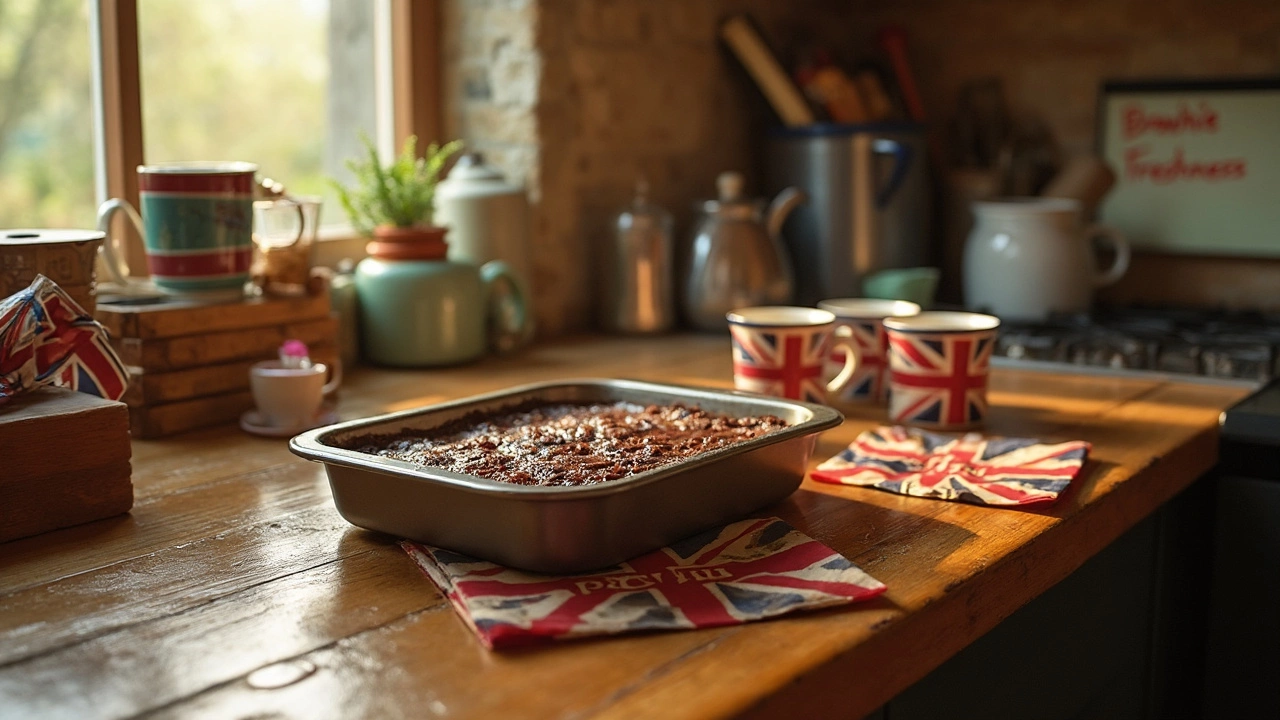
How to Tell If Your Brownies Have Gone Bad: Storage, Signs, and Shelf Life
Nobody wants to bite into a spoiled brownie. Learn how to spot bad brownies, keep them fresh longer, and avoid any nasty surprises with this simple guide.
Whether you're whipping up brownies or building a macaron tower, keeping your food safe is just as important as making it taste good. A few easy habits can stop spoilage, keep germs out, and protect anyone with allergies. Below are the most practical tips you can start using right now.
First thing’s first: wash your hands. A quick 20‑second scrub with soap removes the bacteria you pick up from doors, phones, or pets. Dry them with a clean towel – no shared cloths. If you’re handling raw eggs or dairy, change gloves or wash hands again before touching anything else.
Surfaces matter, too. Wipe counters, bowls, and utensils with hot, soapy water before you start. For sticky messes, a splash of vinegar or a disinfecting spray works well. Keep a separate cutting board for raw items like meat or eggs; never reuse it for cake batter without cleaning.
Don’t forget your tools. Spoons, spatulas, and mixers can harbor crumbs that attract insects. Give them a quick rinse after each use and run them through the dishwasher if they’re dishwasher‑safe.
Heat kills most germs, but only if you reach the right temperature. For baked goods that contain perishable fillings – think cream cheese frosting or fruit – aim for an internal temperature of at least 165°F (74°C). A simple kitchen thermometer can save you from guesswork.
Once your treats are cooled, store them right away. Most cakes and brownies stay fresh for 2‑3 days at room temperature if they’re covered, but anything with dairy should go into the fridge. Use airtight containers or wrap tightly with cling film to stop them from drying out.
Freezing is a great backup plan. Wrap each item in a layer of foil, then a zip‑lock bag, and label with the date. Most baked goods keep for up to three months, and you’ll notice almost no texture loss when you thaw them slowly in the fridge.
Cross‑contamination is a hidden risk. Keep nuts, gluten, and dairy separate from allergen‑free batches. Use dedicated bowls, spoons, or even a separate oven rack if you’re cooking for someone with severe allergies. A quick label on the storage container helps everyone remember what’s inside.
Finally, trust your senses. If a cake smells off, looks slimy, or has an odd color, toss it. It’s better to waste a batch than risk a stomach bug.
With these simple steps – clean hands, clean surfaces, correct temperatures, proper storage, and allergen awareness – you’ll bake confidently knowing your treats are safe as well as delicious. Happy baking!

Nobody wants to bite into a spoiled brownie. Learn how to spot bad brownies, keep them fresh longer, and avoid any nasty surprises with this simple guide.

Ever left a tray of brownies on the counter and wondered if they’re still safe to eat? This article explains how long brownies really last at room temperature, covers what happens if you leave them out too long, and shares signs that your brownies might have gone bad. We’ll break down the right ways to store your brownies for maximum freshness. Get some smart, real-life tips to keep your batch tasting perfect—no more guessing or waste.